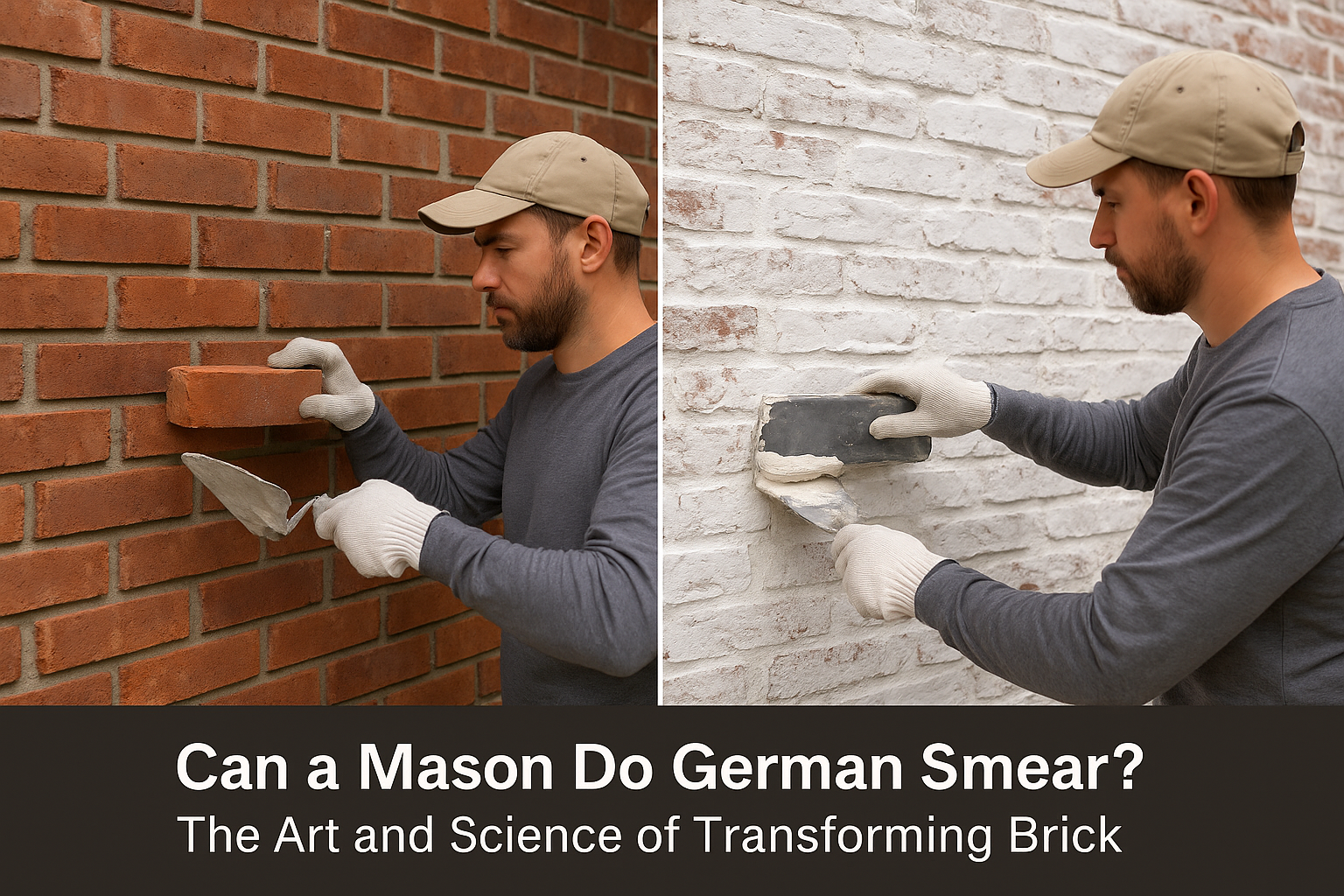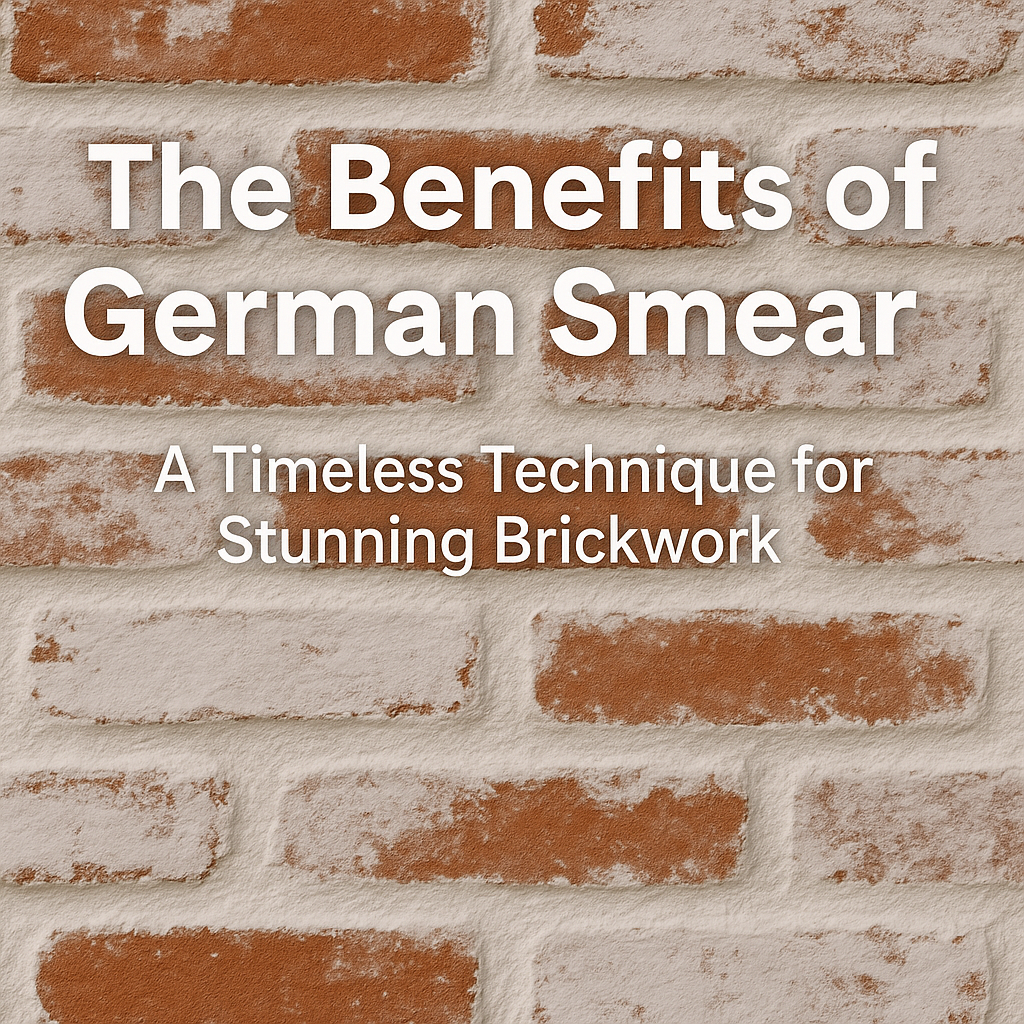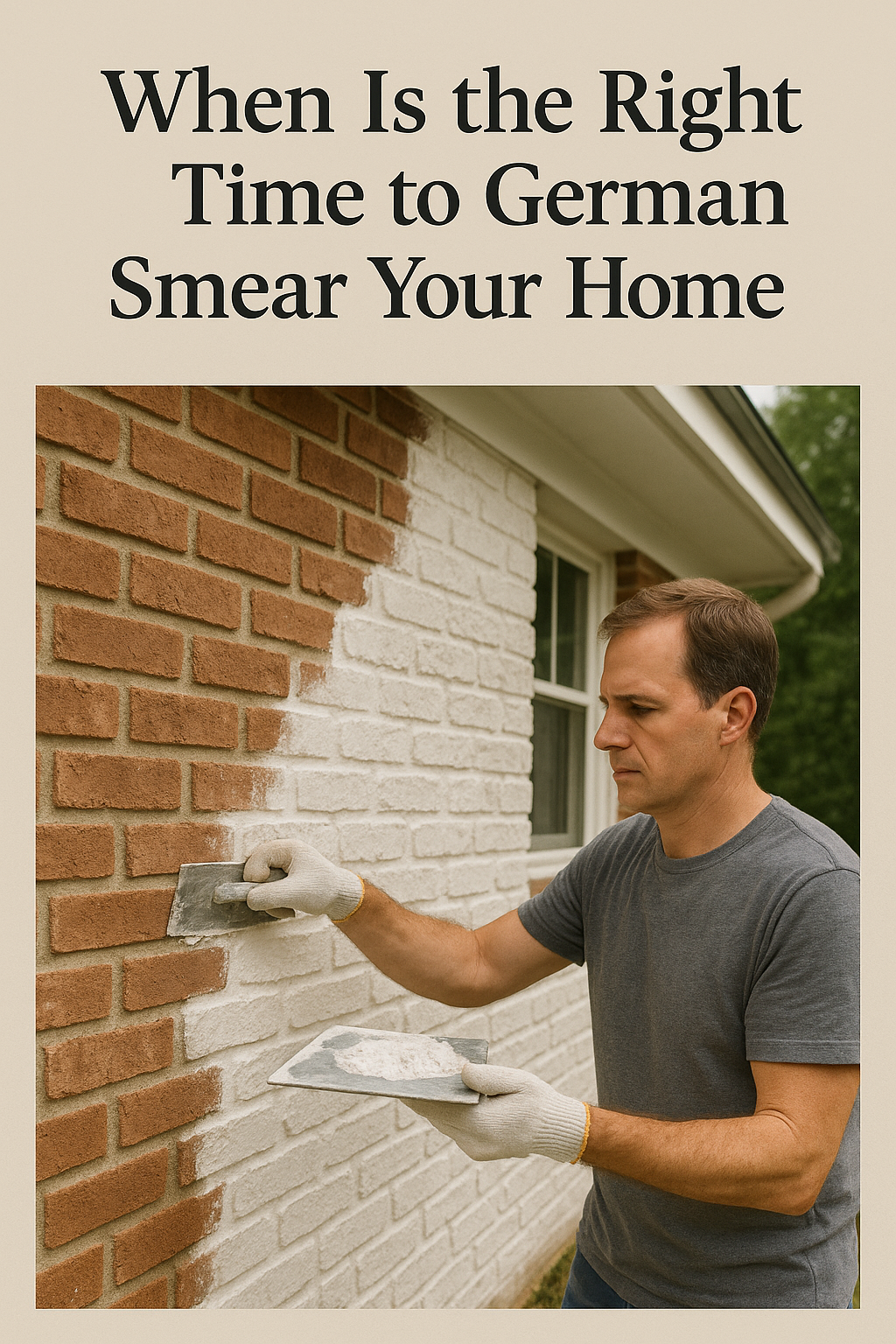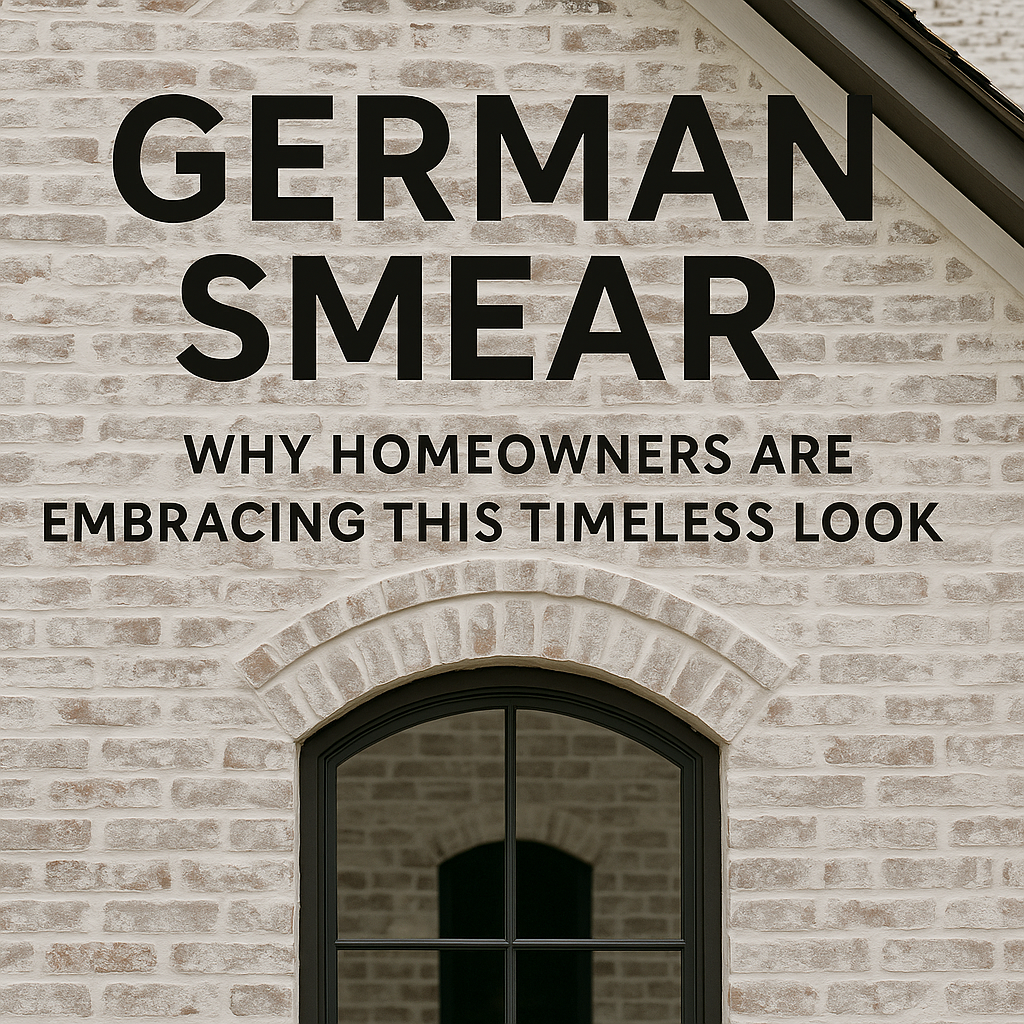
Can a Mason Do German Smear?
Not every mason is equipped to master the artistry behind a true German Smear. While traditional masonry focuses on structure and precision, German Smear requires a creative touch — blending technique, texture, and timing to achieve that signature old-world charm. In this article, we explore why this finish goes beyond standard brickwork, and what sets specialized craftsmen apart when transforming a home’s exterior.

The Benefits of German Smear: A Timeless Technique for Stunning Brickwork
Discover the timeless charm and practical advantages of German Smear, a unique masonry technique that enhances brickwork with rustic texture and durability. From boosting curb appeal to offering eco-friendly protection, this method transforms spaces with lasting elegance.

When Is the Right Time to German Smear Your Home?
Choosing the perfect moment to apply German Smear to your home is key to a stunning, lasting result. Aim for spring or fall when temperatures hover between 50°F and 80°F, humidity is low, and rain is scarce—early fall, like September, often fits the bill. Ensure your brick is in top shape, free of cracks or old paint, and plan during a quieter season to secure skilled masons. Contrary to DIY myths, this isn’t a cheap fix, and larger projects demand professional expertise for a flawless finish.

German Smear: Why Homeowners Are Embracing This Timeless Look
Discover the transformative power of German Smear, a rustic masonry technique sweeping the Texas Hill Country, Southern US, and beyond. This timeless style, with its textured whitewashed finish, is redefining home aesthetics, boosting property value, and connecting homeowners to local heritage. As popularity surges—up 13x since 2014 and still climbing in 2025—learn how this versatile upgrade can enhance your home’s curb appeal, simplify maintenance, and reflect the growing cottagecore trend. Dive into this blog to see why German Smear is the must-have renovation for today’s homeowners!

Is German Smear Right for You?
This insightful blog post delves into the world of exterior masonry finishes, helping homeowners determine if German smear—a textured, mortar-based technique that gives brick or stone a rustic, weathered charm—is the best fit for their home. Through a balanced comparison with alternatives like limewash, whitewash, and traditional paint, it covers key aspects such as aesthetics, durability, maintenance requirements, and application challenges. Addressing common myths, including the misconception that German smear is always a budget-friendly DIY alternative to paint, the article emphasizes informed decision-making for achieving a timeless look without compromising on practicality.

Can German Smear Be Done on Painted Brick? What You Need to Know Before You Commit
Thinking about applying German Smear to a painted brick home? It might not be as straightforward as it seems. In this post, we break down why painted brick poses challenges for German Smear, what your options are, and what you need to consider before moving forward.

German Smear Myth Busters: Debunking the Top Misconceptions About This Brick Trend
Is German Smear just a DIY fad? Does it peel like paint? Only fit for farmhouses? Discover the surprising truths behind this stunning brick finish in our myth-busting guide.

The Big Brick Finish Showdown: German Smear, Limewash, or White Wash?
Not sure if you should German Smear, Limewash, or White Wash your brick? This side-by-side comparison will help you pick the perfect brick finish for your next transformation.

How German Smear Can Save You Money in the Long Run!
Discover how German Smear isn’t just a beautiful upgrade—but a long-term money saver. Learn how this timeless finish protects your home, cuts maintenance costs, and boosts value.
Cover Photo Title: "German Smear Before and After Transformation"

Tuckpointing vs. Repointing: What’s the Real Difference?
Not sure if your brick home needs tuckpointing or repointing? These two repair techniques may sound similar, but they serve different purposes. Learn how to spot the difference and discover which one your home actually needs — plus a modern alternative that combines both structure and style.

